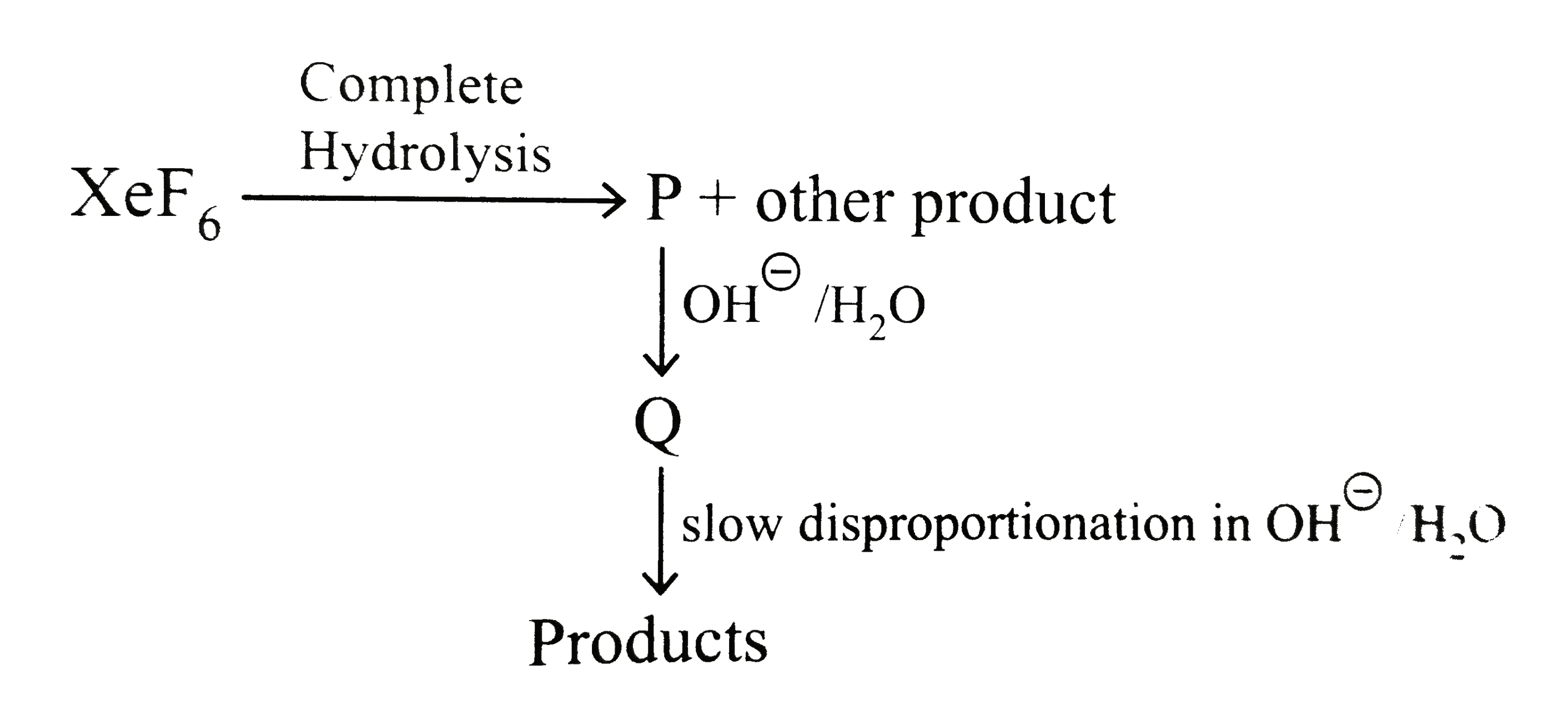The carbon-carbon bond cleavage step in a retro-aldol reaction involves, under basic conditions, a leaving group that is an enolate, or under acidic conditions, an enol. Write a mechanism for the retro-aldol reaction of 4-hydroxy-4-methyl 2-pentanone under basic conditions (shown above).
Base removes the proton from the B-hydroxyl group, setting the stage for reversal of the aldol addition. As the alkox ide reverts to the carbonyl group, a carbon-carbon bond breaks with expulsion of the enolate as a leaving group. This liberates one of the original carbonyl molecules. Protonation of the enolate forms the other.

Topper's Solved these Questions
- BOOK - MS CHOUHANCHAPTER - ALDEHYDES AND KETONES II. ALDOL REACTIONS EXERCISE - ADDITIONAL OBJECTIVE QUESTIONS ( SINGLE CORRECT CHOICE TYPE)13videos
ALDEHYDES AND KETONES II. ALDOL REACTIONS
- BOOK - MS CHOUHANCHAPTER - ALDEHYDES AND KETONES II. ALDOL REACTIONS EXERCISE - ADDITIONAL OBJECTIVE QUESTIONS (LINKED COMPREHENSION TYPE )6videos
ALDEHYDES AND KETONES II. ALDOL REACTIONS
- BOOK - MS CHOUHANCHAPTER - ALDEHYDES AND KETONES I. NUCLEOPHILIC ADDITION TO THE CARBONYL GROUPEXERCISE - ADDITIONAL OBJECTIVE QUESTIONS (SINGLE CORRECT CHOICE TYPE)17videos
ALDEHYDES AND KETONES I. NUCLEOPHILIC ADDITION TO THE CARBONYL GROUP
- BOOK - MS CHOUHANCHAPTER - ALDOL AND CANNIZARO REACTIONEXERCISE - Subjective Problems3videos
ALDOL AND CANNIZARO REACTION
Similar Questions
Under what reaction conditions (acidic/basic), the coupling reaction of aryldiazonium chloride with aniline is carried out ?
View SolutionIndicate the starting aldehyde or ketone from which each of the following compounds are formed by an aldol condensation reaction.
(a)2-Ethyl-3-hydroxy hexanal (b) 4-Hydroxy-4-methyl-2-pentanoneView Solution
Knowledge Check
- Question 1 - Select One
Which of the following readily undergoes elimination reaction under basic conditions?
A(CH3)3CClB CCH3CH2C∣ClHCH3DCH3CH2CH2CH2Cl
CCH3CH2C∣ClHCH3DCH3CH2CH2CH2Cl - Question 2 - Select One
Latest definition says that the reaction of any substance with water is called as hydrolysis and it may happen by different mechanism.
Q. The product of hydrolysis of CCl4 from its central atom under drastic conditions isAHClBCO(OH)2CC(OH)4DCOCl2 - Question 3 - Select One
Refer to Q.No. 9 above and find out under what condition the reaction would follow SN2 mechanism.
ALow concentration of ӨOHBHigh concentration of ӨOHCLow concentration of 2∘RXDHigh concentration of 2∘RX.
Indicate the starting aldehyde or ketone from which each of the following compounds are formed by an aldol condensation reaction.
(a)2-Ethyl-3-hydroxy hexanal (b) 4-Hydroxy-4-methyl-2-pentanoneView SolutionUnder ambient condition , the total number of gases released products in the final step of the reaction scheme shown below is
 View Solution
View SolutionSymmetrically subsituted epoxides give the same products in both the acid catalysed and base catalyzed ring opening. An unsymmetrical epoxide gives different products under acid catalysed and base catalysed conditions. Under basic contions, the alkoxide ion simply attacks the less hindered carbon atom in an SN2 displacement. Under acidic conditions, the alcohol, attacks the protonated epoxide.
_S01_402_Q01.png)
Structure II and III show that the oxtrane carbon share part of positive charge. The tertiary carbon bear a larger part of positive charge and it is more strongly electrophilic. The bond between teritiary carbon and oxygen is weaker implying a lower transition state energy for attack at the teritary carbon. Attack by the weak nucleophilic is sensitive to the strength of electrophilic is sensitive to the strength of electrophile. Center attack takes place at more electrophilic carbon which is usually the more substituted carbon because it can better support the positive charge.
What will be the products in following reactions
_S01_402_Q02.png) View Solution
View SolutionRefer to Q.No. 9 above and find out under what condition the reaction would follow SN1 mechanism.
View SolutionUnder ambient condition , the total number of gases released products in the final step of the reaction scheme shown below is
 View Solution
View Solution
